Everything You Need to Know About Train Travel in Europe This Summer
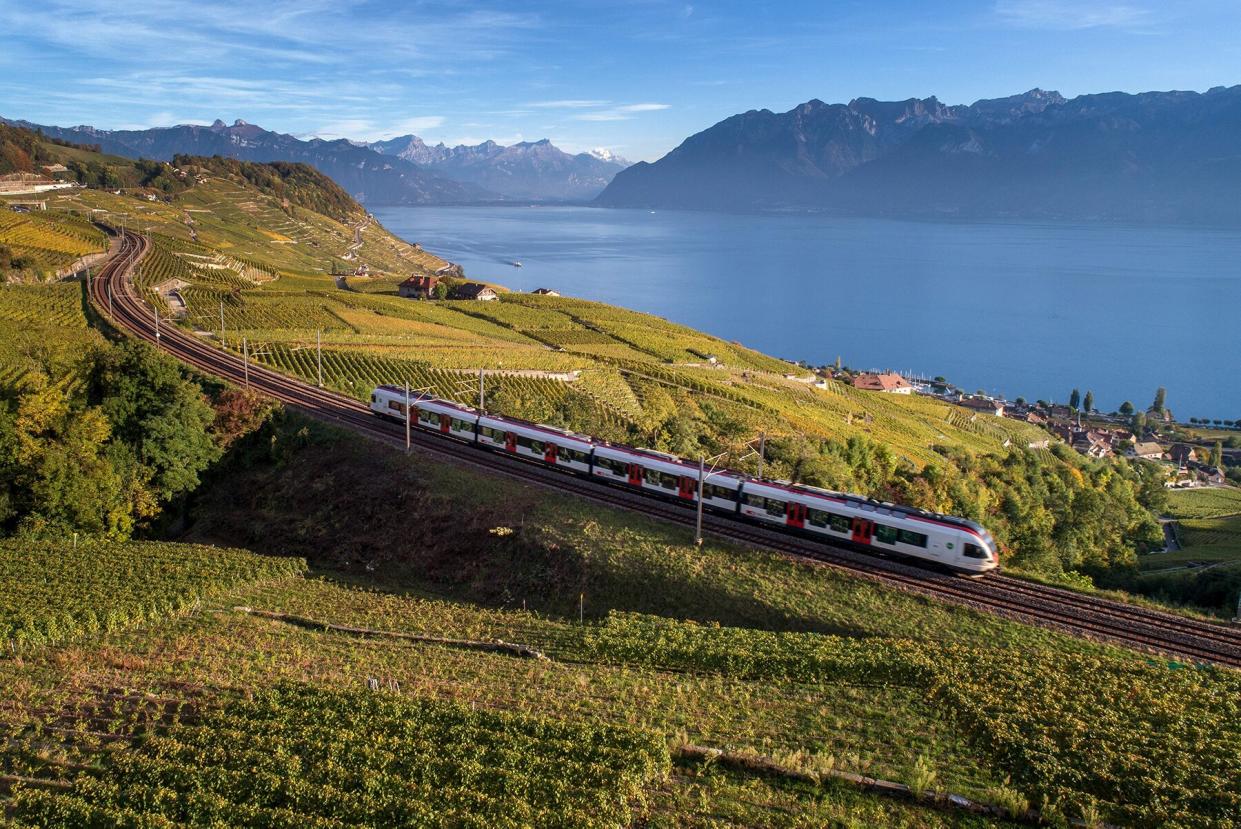
FABRICE COFFRINI / Getty Contributor
As airports throughout Europe have suffered staffing shortages amid high demand this summer, train travel is waiting in wings to whisk you off on your next excursion around the continent — long lines most likely not included.
Europe is connected by an intricate rail system that links nearly every major city and allows for easy and inexpensive travel between them. Travelers can choose between inter-city trains and larger lines like the Eurostar, which crosses the channel from London to Paris so quickly it can even be used for a day trip.
Travelers can head from Amsterdam to Munich on a bar hopping trip filled with great local beers, or even for a skiing escape from Milan to the Swiss alps.
Eurostar first started running trains between London and Paris in 1994 after the Channel Tunnel was complete, according to the company. The train, which connects the United Kingdom to the rest of mainland Europe, reaches speeds of up to 186 mph and takes just over 2 hours for the journey.
Eurostar passengers can then connect through major cities like Brussels, Amsterdam, Lyon, and even take it directly to Disneyland Paris (the trip from London takes just 2 hours and 40 minutes).
Another popular way to travel through Europe is with Thalys, which is part of the newly created Eurostar Group and was first launched in the early 1990s as a cooperation between rail companies in four countries: Belgium, France, the Netherlands, and Germany, according to the company. Today, travelers can still book and ride these trains throughout Europe, including to 12 different stations in France and more than a dozen other stations in Belgium, the Netherlands, and Germany.
Travelers looking to book just one ticket for their whole vacation can also turn to a Eurail pass, which functions as an "all-in-one train ticket giving you flexible access to most trains across Europe," according to the company. Vacationers can then travel between 40,000 destinations across 33 countries using participating rail companies (including Eurostar and Thalys).
Individual countries also have different train companies like the Deutsche Bahn in Germany and SNCF in France.
These are the individual rail companies travelers should know in several major European countries.
Spain
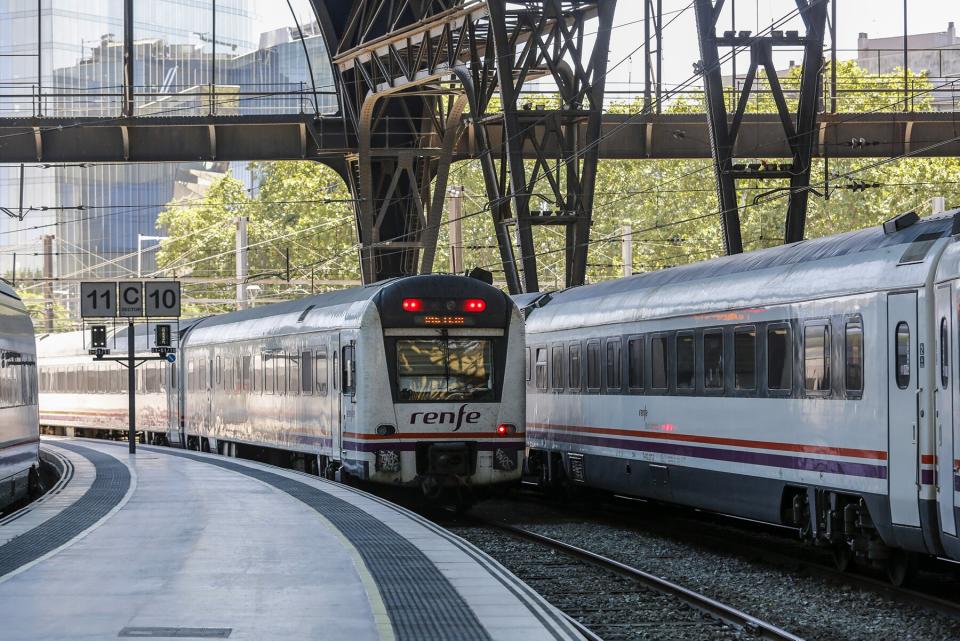
Courtesy of Bloomberg / Contributor
Renfe
Where you can go: Renfe, which was first created in 1941, now runs 5,000 trains every day in Spain. The rail company has both long distance high-speed trains and mid-distance trains using high-speed trains specifically designed for shorter journeys (think: Madrid to Toledo). The company also offers luxury tourist trains, which include everything from meals to excursions.
Germany
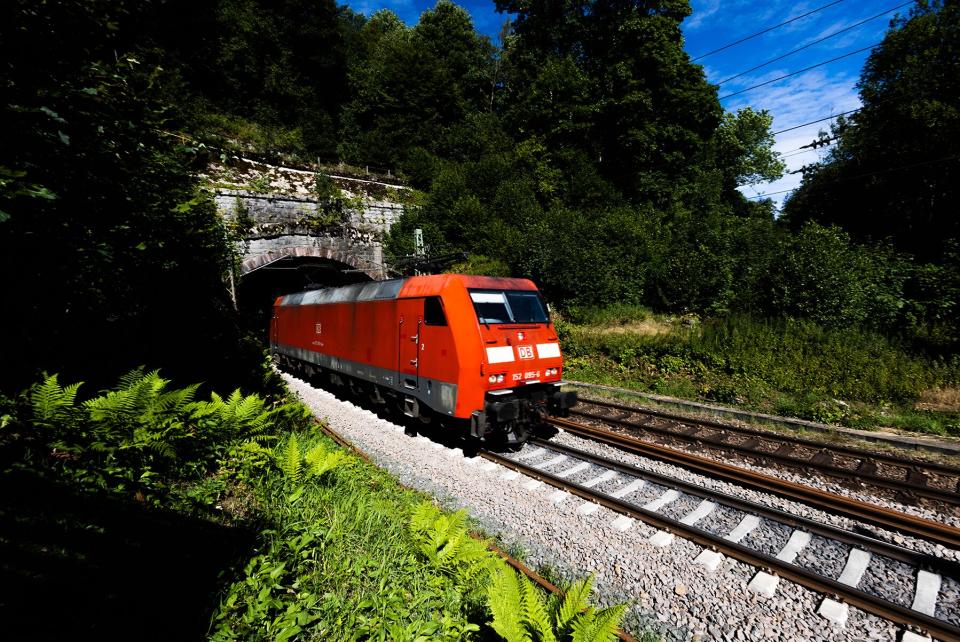
Courtesy of picture alliance / Contributor
Deutsche Bahn
Where you can go: Deutsche Bahn serves 5,700 train stations with more than 40,000 trains each day. The company operates three main types of trains: Intercity Express (ICE) trains, which are the fastest, Intercity (IC) trains, and Eurocity (EC) trains, which connect major German cities with the rest of Europe. The company, along with its French counterpart, is currently developing a new high-speed, connection between Paris and Berlin that would directly link the two major cities in 7 hours.
Travelers to Germany this summer can also take advantage of the €9 ticket, which will allow travelers to traverse the country on local and regional trains for a whole month through August for the low flat rate.
Italy
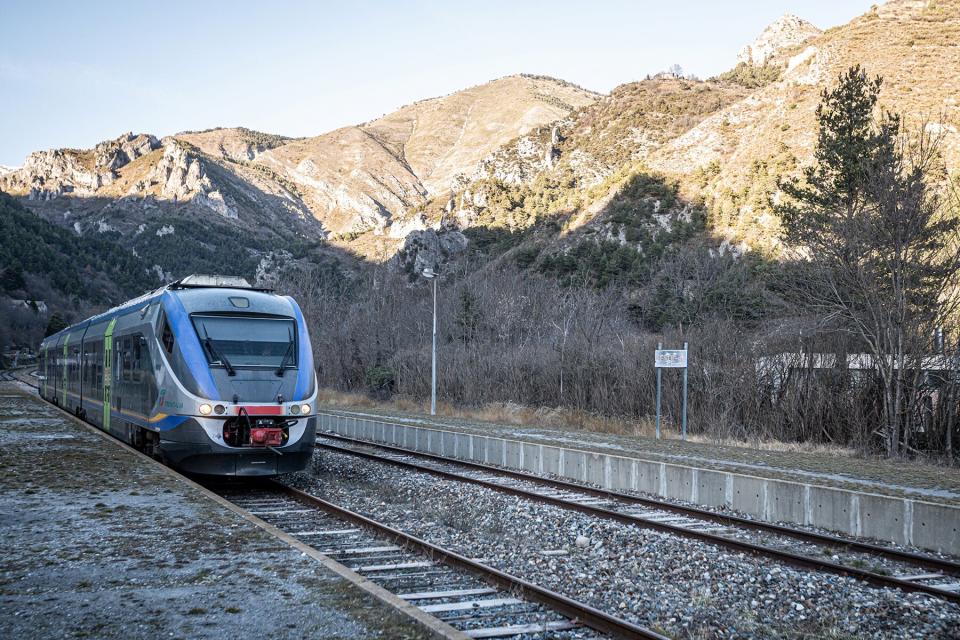
Courtesy of PIERO CRUCIATTI / Getty Contributor
Trenitalia
Where you can go: Italy has been building electric trains since 1936 and now operates more than 10,000 miles of railway lines with 10,000 trains each day. Often, trains are the quickest way to get between major cities like Milan and Florence (which takes just under 2 hours on a high speed train), or Florence and Rome (which takes about an hour and a half on a high speed train).
The rail company also offers a "Trenitalia Pass" to foreign citizens visiting Italy, allowing them to travel on multiple trips (think: three trips in 7 days) for as low as €129.
France
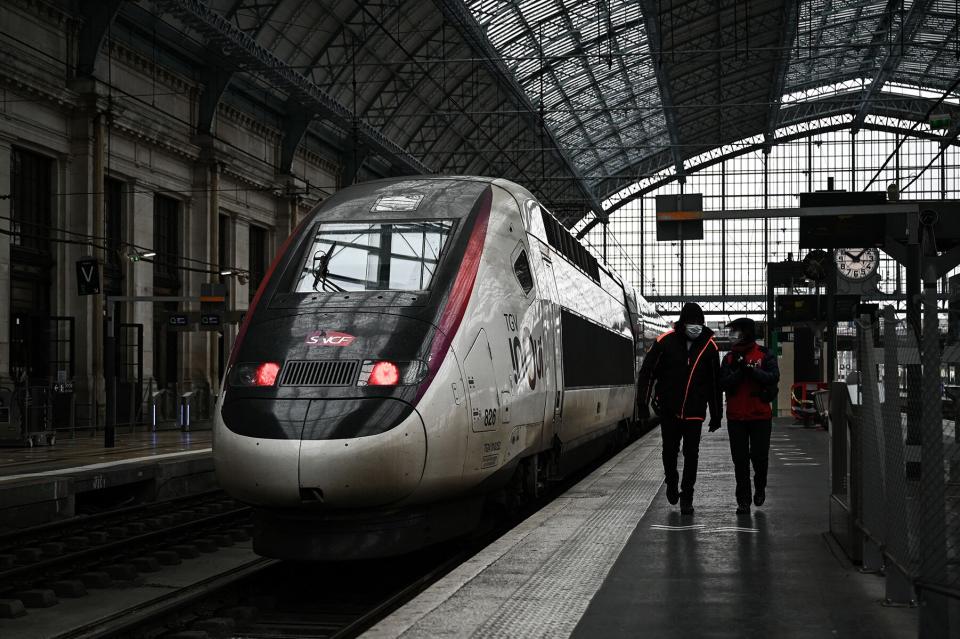
Courtesy of PHILIPPE LOPEZ / Getty Contributor
SNCF
Where you can go: France has a long history with rail dating back to the 1800s when the first passenger line started running. In fact, tourism helped drive the growth of the rail industry in the country. These days, SNCF runs both high-speed and conventional long-distance trains, including 11 high-speed lines that cover more than 1,600 miles across France. High-speed lines are available between major cities like Paris, Lyon, Marseille, and Lille.
SNCF, along with its German counterpart, is currently developing a new high-speed, direct connection between Paris and Berlin that would link the two major cities in 7 hours.
Switzerland
Swiss Federal Railways (SBB)
Where you can go: Switzerland's history of rail dates back more than 100 years. Nowadays, the rail company operates more than 7,000 trains per day, offering passengers the chance to travel through some of the most gorgeous vistas in the world. Passengers can travel between major cities, transfer to head into the Alps, and even ride into northern Italy.
United Kingdom
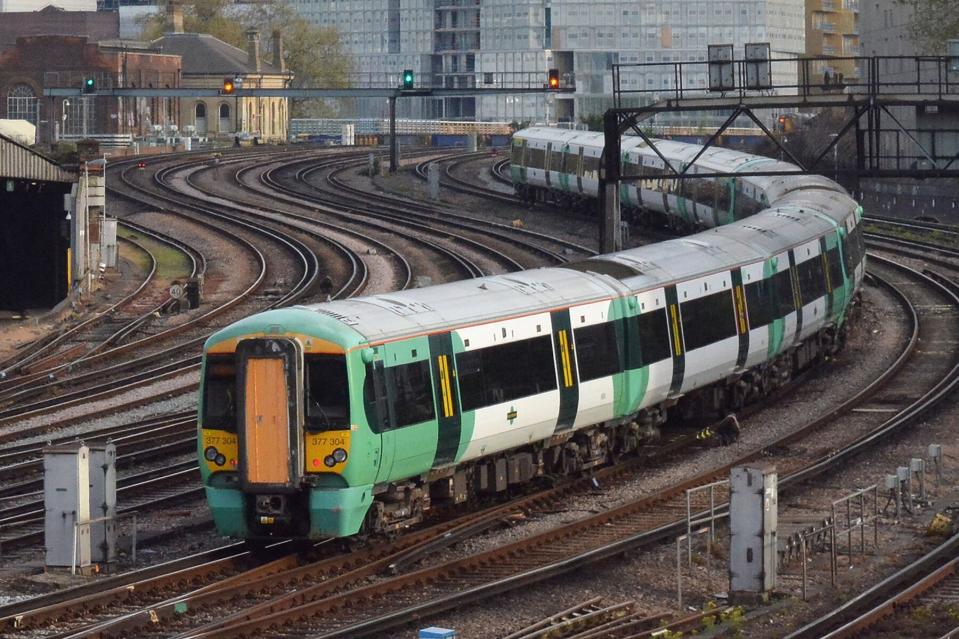
Courtesy of Jim Dyson / Getty Contributor
Govia Thameslink Railway (GTR)
Where you can go: There are several ways to get around the UK by train, but the GTR is the UK's largest railway operator and manages four different train companies in the south of England. The operator runs trains from London to Cambridge and Bedford in the north, and to Brighton and the South Coast. The company also runs the Gatwick Express, which brings travelers to and from the airport.
Alison Fox is a contributing writer for Travel + Leisure. When she's not in New York City, she likes to spend her time at the beach or exploring new destinations and hopes to visit every country in the world. Follow her adventures on Instagram.

